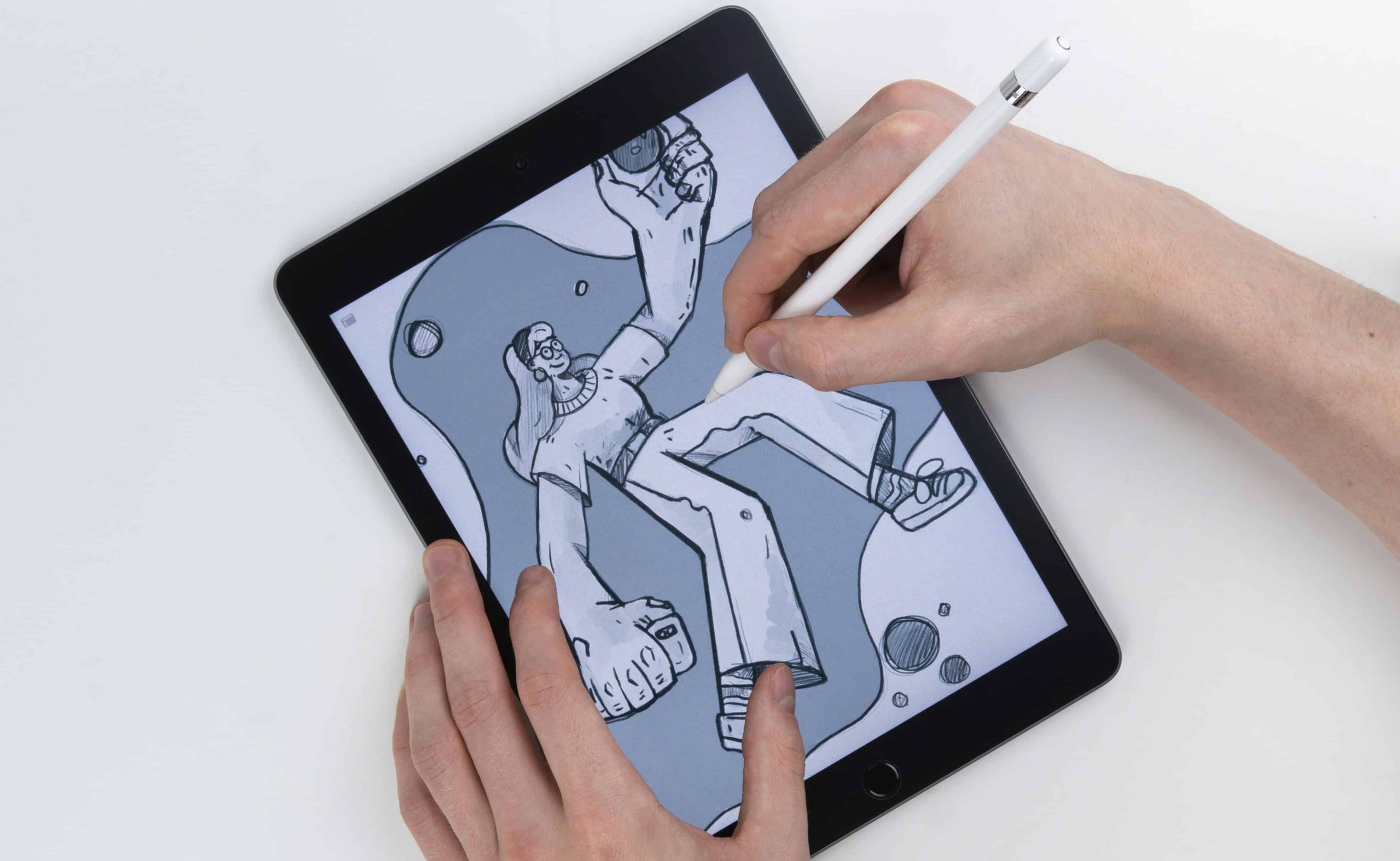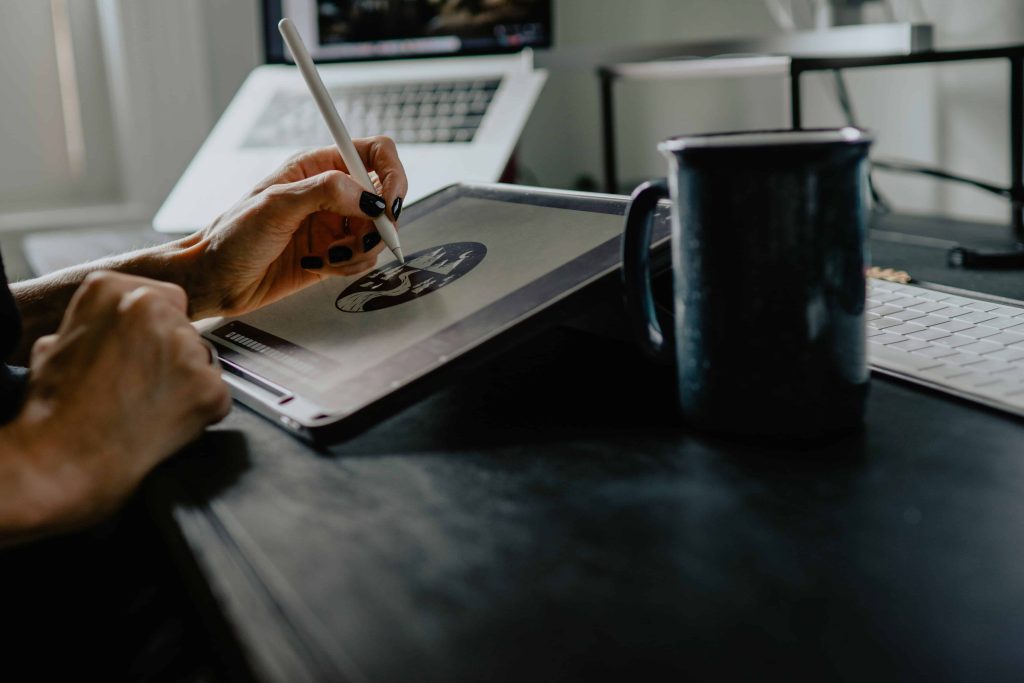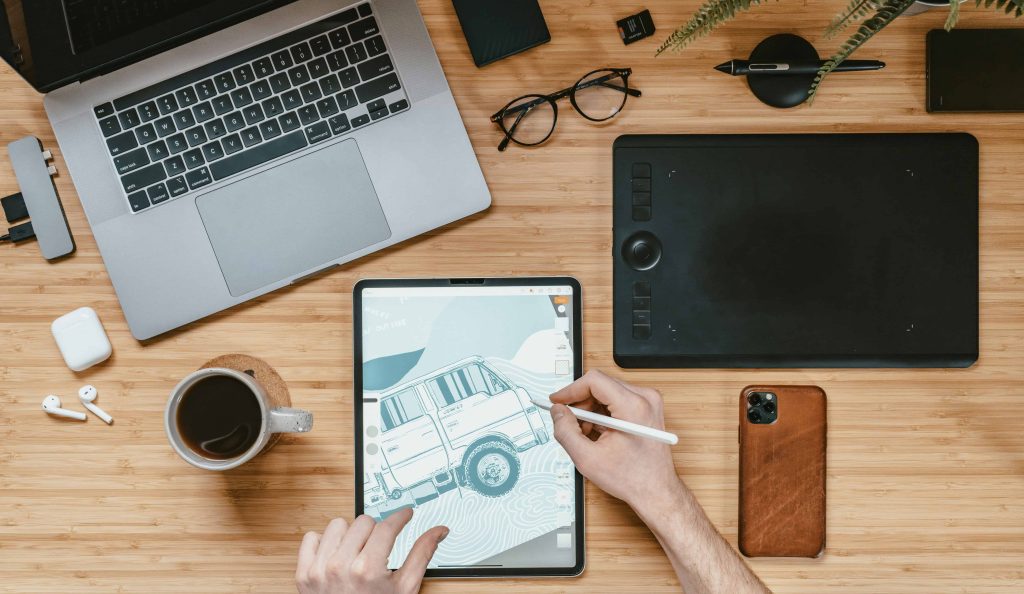
14 Aug Collaborative Digital Art Projects
Collaborative Digital Art Projects: Fostering Innovation and Connection
Collaborative digital art projects are revolutionizing the way artists work and interact in the digital realm. As technology continues to advance, artists are embracing collaboration as a means of merging ideas, skills, and perspectives to create impactful and innovative artworks. In this article, we delve into the advantages, challenges, and future prospects of collaborative digital art.
In today’s interconnected world, collaborative digital art has emerged as a powerful medium for artistic expression. Defined as the collective creation of art by multiple artists using digital tools and platforms, collaborative projects offer a dynamic space for experimentation and exploration. With the rise of social media and online communities, collaborative art projects have gained traction, providing artists with new avenues for collaboration and creativity.

Advantages of Collaborative Digital Art
Merging of Ideas and Skills
Collaboration fosters creativity and innovation by bringing together diverse perspectives and expertise. Artists can leverage each other’s strengths, sharing technical knowledge and artistic insights to push the boundaries of digital art. Through collaboration, individuals can explore new techniques and approaches, resulting in more dynamic and compelling artworks.
Expanding Artistic Boundaries
Collaborative digital art allows artists to explore complex themes and concepts, pushing the limits of what’s possible with digital tools. By combining different artistic styles and techniques, collaborators can create artworks that are visually striking and conceptually rich. Through collaboration, artists can challenge traditional notions of art and experiment with unconventional forms of expression.
Building Online Communities
In an increasingly digital world, collaborative art projects play a crucial role in building online communities and fostering artistic connections. Through collaboration, artists can reach a wider audience and engage with diverse communities of creatives. By sharing their work online, collaborators can receive feedback and support from fellow artists, leading to greater visibility and recognition.

Challenges of Collaborative Digital Art
Communication and Coordination
Effective communication is essential for successful collaboration in digital art projects. Collaborators must navigate challenges such as time zone differences and language barriers to ensure clear and consistent communication. Additionally, managing different artistic styles and workflows can be challenging, requiring collaborators to find common ground and compromise to achieve their artistic vision.
Technical Hurdles
Collaborative digital art projects often require collaborators to use compatible software and platforms. Ensuring equitable contribution and version control can be challenging, particularly when collaborators have varying levels of technical expertise. Additionally, issues such as file compatibility and storage can arise, requiring collaborators to find creative solutions to overcome technical hurdles.
Rights and Ownership
Clarifying rights and ownership is essential for avoiding conflicts in collaborative digital art projects. Collaborators must establish clear agreements regarding ownership of the final artwork and how it will be used and distributed. Issues such as copyright infringement and intellectual property rights must be addressed upfront to ensure that all collaborators are fairly compensated for their contributions.

The Future of Collaborative Digital Art
Evolving Technologies
As technology continues to advance, collaborative digital art projects are poised to benefit from new tools and platforms. Emerging technologies such as virtual and augmented reality offer exciting possibilities for collaboration, allowing artists to create immersive and interactive artworks. Collaborators can explore new ways of engaging with audiences and pushing the boundaries of digital art.
Global Artistic Exchange
Collaborative digital art projects have the potential to break down geographical barriers and foster international collaboration. Through online platforms and social media, artists from around the world can connect and collaborate on projects, transcending cultural and linguistic differences. Collaborative art projects can serve as a powerful tool for promoting cross-cultural understanding and dialogue.
Shifting Audience Engagement
In an age of digital media, audience engagement is increasingly becoming interactive and participatory. Collaborative digital art projects allow audiences to actively engage with artworks, contributing to their creation and interpretation. Digital communities play a vital role in shaping art trends and influencing artistic practices, creating new opportunities for collaboration and experimentation.

Conclusion
Collaborative digital art projects offer unique opportunities for artists to explore new ideas, connect with others, and push the boundaries of creativity. As technology continues to evolve, collaborative art projects will play an increasingly important role in shaping the future of digital art. By embracing collaboration, artists can create meaningful and impactful artworks that resonate with audiences around the world. As we look ahead, the future of collaborative digital art is bright, promising exciting new possibilities for artistic expression and connection.
Key Takeaways
- Advantages:
- Collaboration merges diverse ideas and skills, fostering creativity and innovation.
- It expands artistic boundaries by combining different styles and techniques.
- Builds online communities, enhancing visibility and recognition.
- Challenges:
- Effective communication and coordination are crucial amidst technical and language barriers.
- Technical hurdles include software compatibility and rights management.
- Establishing clear agreements on ownership is essential to avoid conflicts.
- Future Outlook:
- Evolving technologies like VR and AR offer new avenues for immersive collaboration.
- Collaborative digital art projects facilitate global artistic exchange, bridging cultural gaps.
- Audience engagement becomes interactive, shaping art trends and practices.
- Conclusion:
- Collaborative digital art is pivotal for exploring new ideas, connecting with others, and pushing creative boundaries.
- With technology’s advancement, collaborative projects will continue to shape the future of digital art, fostering meaningful artistic expression and global connection.
FAQs
What are the key advantages of collaborative digital art projects?
Collaborative digital art projects offer benefits such as merging diverse ideas and skills, pushing artistic boundaries, and building online communities with fellow artists.
What challenges do artists encounter in collaborative digital art projects?
Challenges include effective communication across time zones and artistic styles, technical hurdles like software compatibility, and clarifying rights and ownership to avoid conflicts.
What does the future hold for collaborative digital art projects?
The future looks promising with advancing technologies like virtual reality, fostering global artistic exchange, and shaping interactive audience engagement trends in digital art consumption.
Embark on a journey through the vibrant and diverse realm of cultural exchange, fueled by the interconnectedness of social media and art.

